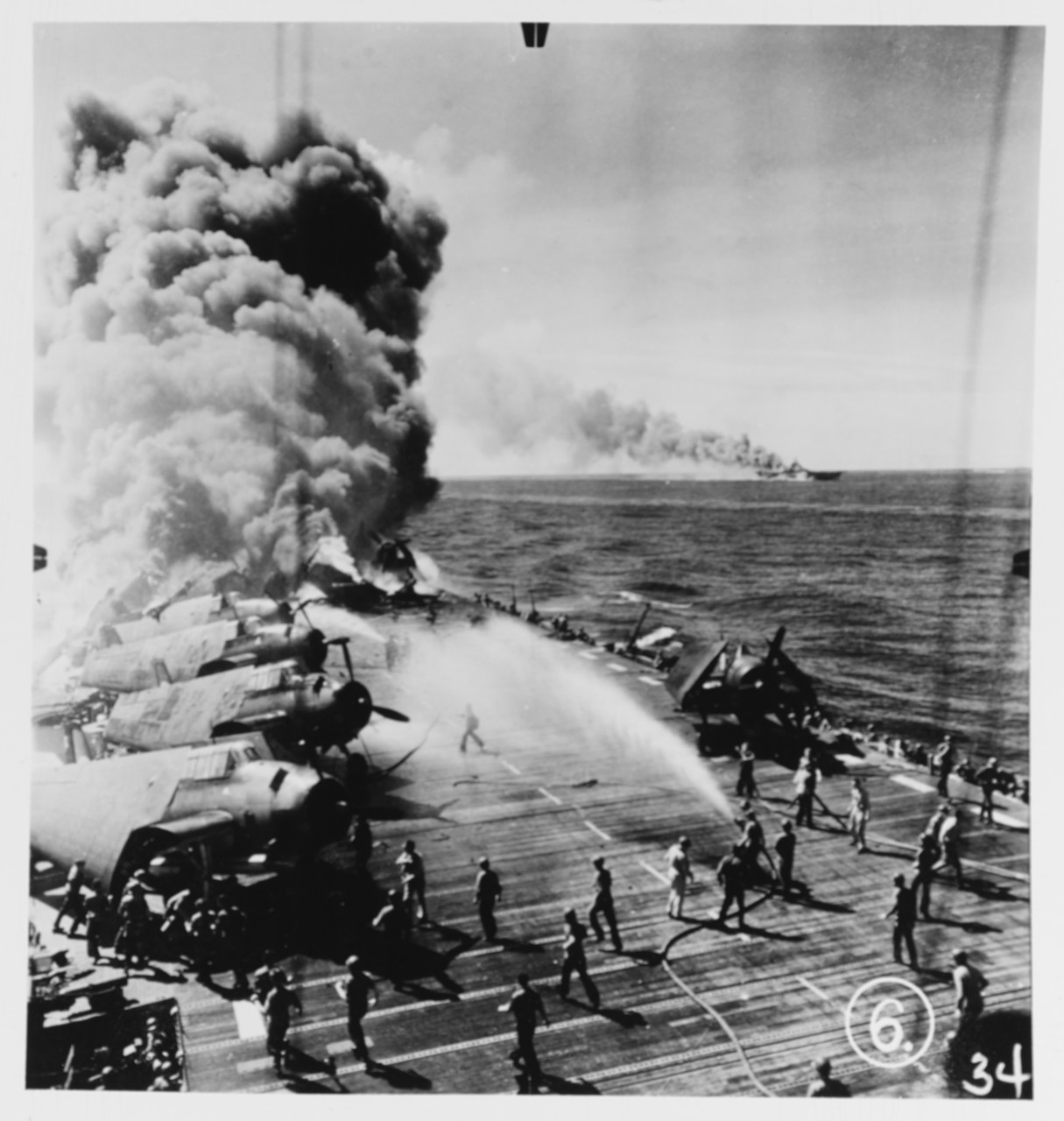Most Overrated Adage:
January 2011
The first thing you must understand in the story of how I was recruited to spy for Albania is that, when I was eight years old, I never foresaw a time when I might be embarrassed to admit that I used to read Dennis the Menace comic books. But the truth is that, before I discovered Superman or Batman, let alone Hemingway or Shakespeare, I loved reading about a kid my age who got away with things I never could.
The second thing you must understand about the story is where I lived at that time in the early 60s. Our house was near Peru, Indiana, on Capehart Street on Bunker Hill Air Force Base, now renamed Grissom Air Reserve Base after Indiana’s native astronaut, Gus Grissom. Bunker Hill was an important base for the Strategic Air Command, the nuclear weapons branch of the U.S. Air Force.

In late October 1944, I was a newly minted engineering officer aboard the USS Belleau Wood, a light, fast carrier cruising ninety miles off Leyte Gulf in the Philippines with the 3d Fleet, under the command of Admiral William F. Halsey. The Japanese fleet had just been beaten badly in a series of battles in the gulf.
During the fall semester of 1970, I was a graduate student at the University of Pennsylvania. It had been just two years since the assassinations of Senator Robert F. Kennedy and Martin Luther King, Jr., and since the violent confrontation between antiwar protesters and Chicago police at the Democratic National Convention. Appealing to his “silent majority,” Richard Nixon had won the election against Hubert Humphrey.
In Philadelphia that September, black radicals had organized the Revolutionary People’s Constitutional Convention. Convinced that the document drawn up in 1787 had been designed to oppress African-Americans and other minorities, they planned to draft a new social contract proclaiming the rights of people of all races and classes. The highlight of the conference was an all-day meeting on Saturday, September 5, at Temple University’s gymnasium. Like many other twenty-somethings at the gathering, I doubted that the event would lead to anything meaningful, but I was reluctant to miss any excitement.
Start by calling the Bucks County Conference and Visitors Bureau in Doylestown (1-800-836-2825) for a map and calendar of events. New Hope and Bucks County (in the Getaway Guides series) is a good source for information about hotels, restaurants, and attractions.
People who earn their livings by pen or brush have a knack for discovering places where rents are cheap. With its covered bridges and abandoned mills, its noisy creeks and quiet canal, Bucks County, Pennsylvania, became a haven first for Philadelphia painters and then for writers and song- smiths from New York. (“Beat out a first draft—good, bad, or indifferent,” the humorist S. J. Perelman once advised. He himself would have begun, “One day on a back road near Prosaic, New Jersey. . . .”)
The year 1929, like 1066, 1492, and 1776, is one of those dates that summon up an instant picture in our collective imagination. For not only did that year see a stock market crash, it was the crash. The defenestrated bodies of ruined investors and brokers are popularly supposed to have rained down on lower Manhattan like hailstones that terrible day (they didn’t); it is widely believed to have caused the Great Depression (it didn’t); and for all I know, some people think it was the crash that forced the Joads to move to California (it was a drought—not to mention John Steinbeck’s imagination).
Certainly, ever since, the crash of ’29 has been perfect for scaring people. Let the slightest hint of “irrational exuberance”—to use Federal Reserve Chairman Alan Greenspan’s candidate for Bartlett’s —appear on Wall Street and the sages on TV talk shows, op-ed pages, and elsewhere start talking ominously about 1929.
A certain deftness is necessary when writing about Indians (or Native Americans), to avoid the booby traps of overgeneralization, sentimentality, indignation, or defensiveness. Let me begin then with a straightforward recital of some facts laid out in a recent news story: “Backlash Growing as Indians Make a Stand for Sovereignty.” The tribal government of Montana’s Crow Indians tried to tap into some of the profits of the tourist trade that every year fills their reservation—the site of Custer’s last stand—by levying a 4-percent tax on the businesses that serve the visitors, including those owned by non-Indians, who have no vote in the matter. It’s vital to the Crow people to have an independent source of income and it’s also, one might think, a matter of belated justice to the dispossessed. But the white owner of the Custer Battlefield Trading Company doesn’t see it that way: “I didn’t persecute anybody. We didn’t do anything to them, and we don’t owe them anything.”
Eight Roman Catholic priests, graduates of the Josephinum Seminary in Columbus, Ohio, and newly ordained in 1941, pore over books and maps to locate their first assignments (smokers have evidently been relegated to the right). At far left is the late Reverend George Reinweiler, whose nephew, Mike Johnson, sent in this photo and writes, “My uncle and one or two of the others were assigned to Arizona, which at the time was still officially designated ‘mission territory.’ Uncle George spent his entire career in Arizona, much of it supervising the construction of churches, schools, rectories, and convents. He was an unusual man, a priest who flew airplanes, hunted mountain lions, fished, golfed, bowled, and advocated ecumenism long before it became popular.
